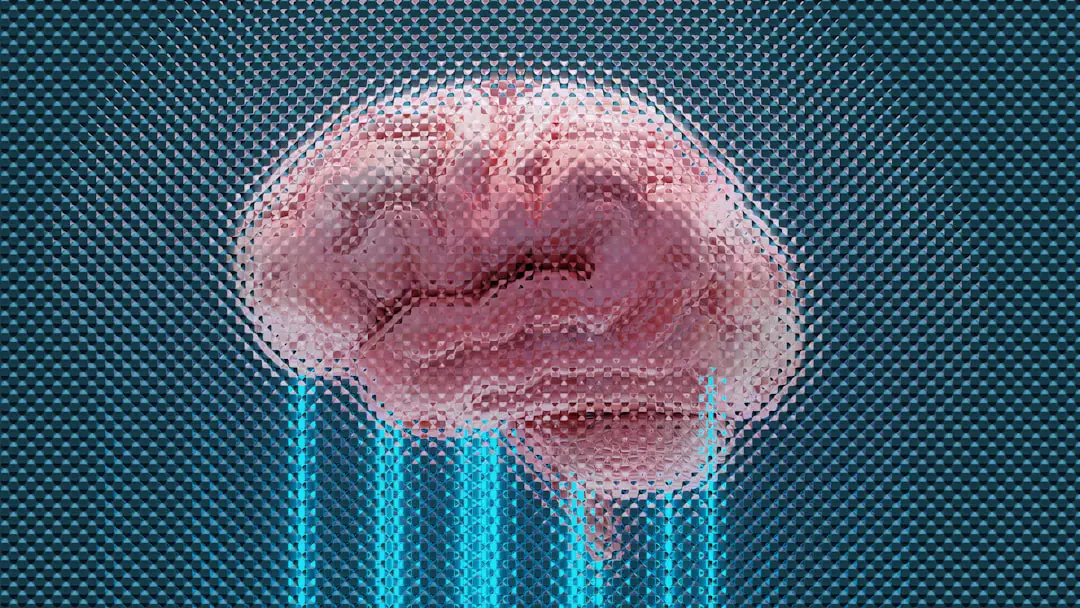Building an AI agent may seem like a daunting task at first, but with the right approach and understanding of the key components, it becomes a manageable and rewarding project. Whether your goal is to create a chatbot, a recommendation system, or a robotic assistant, the fundamental principles are similar. This article outlines the essential steps to create an AI agent, offering guidance grounded in practical experience and industry best practices.
Step 1: Define the Purpose and Scope
The first and most critical step is to clearly define what you want your AI agent to do. Will it answer customer queries, navigate a virtual environment, or analyze financial trends? The scope of your agent determines the tools, models, and data sources needed. It’s important to start with a realistic goal and expand its complexity over time.
Key questions to guide your design:
- What specific problem will the AI agent solve?
- Do you need the agent to operate autonomously or collaboratively?
- What is the expected accuracy or performance level?
Step 2: Choose the Right Platform and Framework
Choosing the right tools for your project will significantly influence your development process. Popular frameworks such as TensorFlow, PyTorch, and scikit-learn offer powerful resources for building machine learning models. For conversational agents, platforms like Rasa, Dialogflow, or Microsoft Bot Framework are tailored to support natural language processing and dialogue management.
Some platforms come with pre-built models and training utilities that can save considerable time and effort.

Step 3: Gather and Prepare Data
Data is the fuel that powers any AI system. The quality and quantity of your dataset can make or break the performance of your AI agent. Depending on your use case, data collection might involve scraping websites, using APIs, or employing datasets from open sources.
Data preparation includes:
- Cleaning and filtering irrelevant or corrupt entries
- Labeling data accurately for supervised learning
- Balancing the dataset to prevent bias
Without proper data preprocessing, even the most advanced models can yield poor results.
Step 4: Select and Train the Model
Selecting the right algorithm depends on the complexity and nature of your task. For tasks like classification, regression, or clustering, traditional machine learning models may suffice. More complex tasks such as natural language understanding or image recognition often require deep learning models like convolutional neural networks (CNNs) or transformers.
Model training involves adjusting parameters so the model can learn to make predictions or decisions. It’s important to split your data into training, validation, and test sets to evaluate model performance and avoid overfitting.
Step 5: Incorporate Learning and Reasoning
A true AI agent does more than follow rules—it learns from patterns and adapts to new inputs. Techniques such as reinforcement learning allow agents to make decisions based on rewards and experiences. Adding reasoning capabilities, like decision trees or symbolic AI, enhances the agent’s ability to perform complex tasks.

Step 6: Integrate with the Environment
Once trained, the AI model must be implemented into a system where it can interact with its users or other agents. This could be a web application, a mobile app, or an embedded system in hardware. API interfaces and user interfaces should be carefully developed to facilitate smooth interactions.
Important integration considerations:
- Real-time response capabilities
- System compatibility and scalability
- Security and privacy safeguards
Step 7: Test, Monitor, and Improve
Testing the AI agent under real-world conditions helps identify edge cases and potential failures. Continuous monitoring is essential to track performance and ensure the agent is meeting its goals. Based on this feedback, retraining the model with new data or adjusting system parameters may be necessary.
AI development is an iterative process. Regular updates based on performance metrics and user feedback are key to maintaining a reliable and effective agent.
Conclusion
Building an AI agent is a multi-step process that requires careful planning, the right tools, and ongoing refinement. By focusing on clear objectives, robust data practices, and proven development frameworks, anyone with a technical background can create a functional and intelligent agent. As AI technology continues to evolve, staying informed and adaptable is crucial for success.
